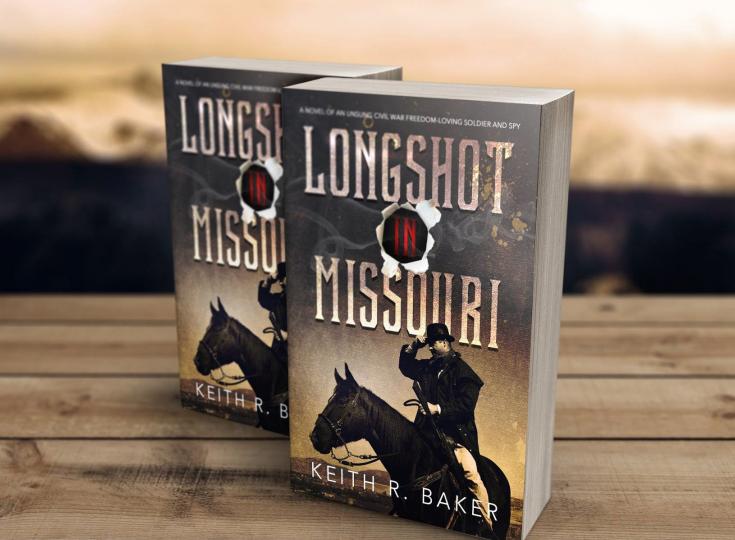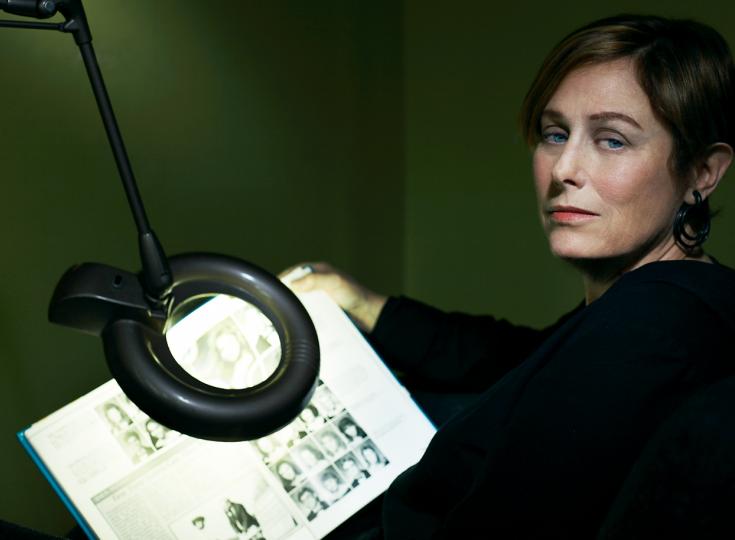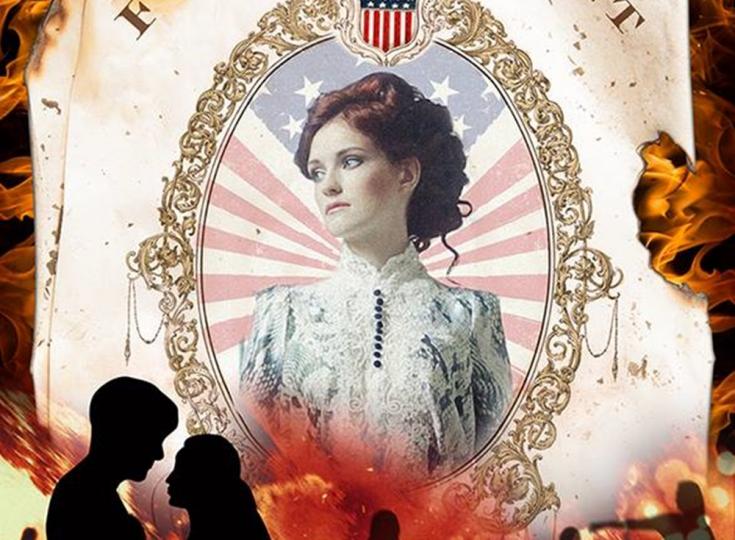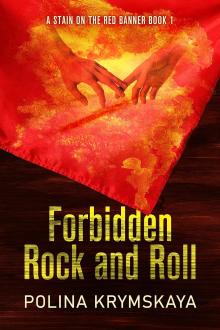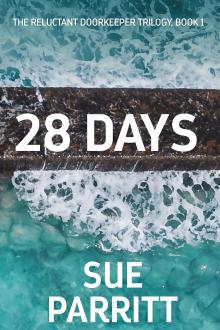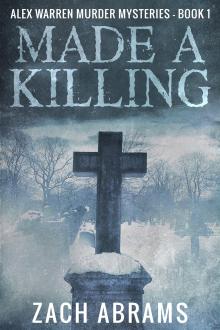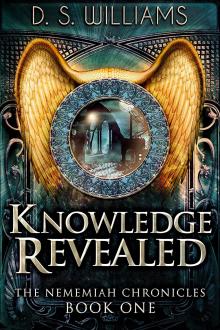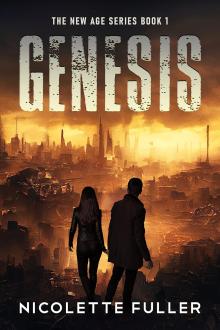Abby Smith - Mysterious Magic that Ponders Big Questions
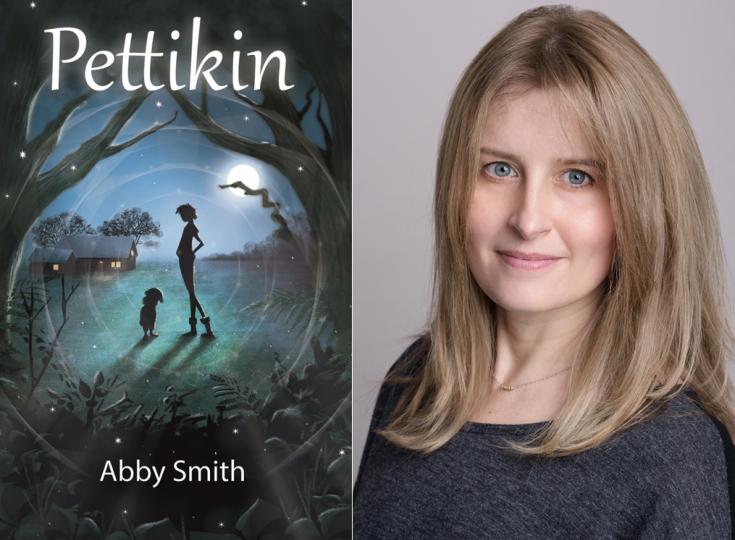
In her career, Abby Smith designs and builds large databases with hundreds of tables and complex relationships. But according to her, writing a book was much, much harder. Pettikin the gnome came to her while she was scrubbing her bathtub. As our Author of the Day, Smith tells us more about Pettikin and what it takes to write softer, more mysterious magic, that ponders big questions with unknowable answers.
Please give us a short introduction to what Pettikin is about
Pettikin is the story of a big-hearted, easily-startled, sweets-loving gnome who is accidentally trapped on Earth after the death of its only Gatekeeper. Our heroine, Allie Thomas, discovers him after attending her great-aunt’s funeral. To get Pettikin home, Allie enlists the help of a powerful, yet unconventional, Guardian, but in return, must prove to him that she has what it takes to be the next Gatekeeper. With three alpacas to guide her, a month’s supply of cookies, and zero training, she sets off with Pettikin through three secret realms. But there is a Contractor working with the evil race of sslorcs to stop her. And on top of that, she just might be falling for the Guardian.
What inspired you to let a terrified gnome get stranded on Earth?
The gnome himself. I vividly remember the day he first appeared in my mind. I was scrubbing my bathtub and having an internal dialogue about what a horrible writer I was. A real writer, I scolded myself, would have better ideas for a story. For example, they might write about a little gnome, who has suddenly appeared in a room filled with books...and there he was. I sat there for a moment while the vision unfolded, then pulled off my gloves, ran to my computer and wrote most of the first chapter of Pettikin.
Have you always known you wanted to be a writer?
Rather than wanting to be a writer, writing is just something I have always done. When I was younger it was sappy poetry, magical stories, funny essays, and excruciating plays enacted with stuffed animals for my poor, captive family. In college, I moved into technical writing, and this continued into my professional career. But technical writing always felt like something I had to do, while creative writing felt like something I loved to do. So, in a way I returned to writing fiction because it felt like a more honest expression of who I am than my day-to-day career.

Pettikin seems to be your debut work. What has the experience been like so far?
In my career, I design and build large databases with hundreds of tables and complex relationships. I often joke that writing a book was much, much harder. The challenges have all been described before: the long hours spent alone writing, then re-writing, then re-writing again, and the defeated feeling of receiving rejection after rejection from publishing professionals after putting so much work into something. But since I published the book, it has been rewarding in a way I never expected. It’s amazing to learn that your book, set in small-town Ohio, has been read and enjoyed by people all over the world, as far away as the Philippines, Singapore and Egypt. It’s lovely to hear from people who say the book helped them, made them laugh, or stayed with them in some way. Although I have produced quite a large volume of work in my career, this is the first thing I’ve done which seemed to have a positive impact on people, no matter how small. It’s very exciting and fulfilling to be a part of that.
Why children's books? What drew you to the genre?
Rather than writing children’s books, I wanted to tell a specific story, and to write the type of book that I would like to read. When I was young I was really drawn to fantasy and science fiction, but also to books which were a little more esoteric or metaphysical, books like A Wrinkle in Time, The Little Prince and Jonathan Livingston Seagull. I felt like those books had a kind of white magic that was uplifting and different from the darker fare that is currently fashionable. When I was writing Pettikin, I wanted to invoke that softer, more mysterious magic, that ponders big questions with unknowable answers. I think it is easier to explore these types of themes in children’s literature, because kids in general are more open to exploring strange new ideas, and wondering about the mysteries of the universe.
Tell us more about Allie's character. What makes her so special?
What I like about Allie is that she is an ordinary young person, with her own peculiar set of strengths and weaknesses, many of which she doesn’t fully understand or know how to utilize properly yet. In the book, we see Allie learning how to become stronger in the grand tradition of being thrown into challenging situations that she doesn’t know how to handle. Rather than simply taking a girl and giving her a weapon or a tough exterior, Allie is strong in the way most of the young girls and women I know are strong—she’s just herself, knows she is probably not up to the daunting task before her, but tries anyway. It’s more of an inner strength and less outwardly obvious.
The story is very vivid - incorporating a lot of colors, textures and tantalizing tastes. Why did you take this approach?
When I first returned to writing fiction after a long hiatus, I found that I could write convincing dialogue and create vivid characters, but was less skilled at writing description. Because of this, I slowly and painstakingly went through just about every descriptive sentence or paragraph in Pettikin multiple times, trying to include as many concrete details as I could that would connect readers to the setting. This was especially important in the fantasy worlds, which I could see so vividly in my mind, but worried about my ability to convey in words. Even in the more mundane settings, like my old hometown of Wooster, Ohio, I tried to find specific details that would reveal its peculiar soul or charm. It was a slow and arduous process and it wasn’t until I started hearing from readers that they loved the description and found the book very visual that I realized I might have succeeded. It was somewhat gratifying to have this rare experience of being able to take something that I wasn’t naturally very skilled at, and improve it through a lot of hard work and patience.

Some readers report that reading Pettikin provided an escape and felt like being on a holiday. Was this intentional?
This is my favorite thing to hear from my readers. It wasn’t exactly intentional in the sense that I tried to do something when I was writing that would make the story feel that way. However, one motivation I had when writing Pettikin, was the hope that I could create something that would make people happy, or maybe provide a small respite from the stress of the world, the way my favorite books do for me. I honestly had no idea when I finished the book if I had achieved that, so when I hear from readers that they didn’t want to stop reading, or didn’t want it to end, or that the story helped them or stayed with them in some way, it makes me happy.
Younger readers (generally speaking!) tend to have shorter attention spans. How do you make sure you keep them hooked until the end?
I didn’t really think about this when I was writing. I just tried to tell the story as best I could, and to keep it generally exciting, or if not always exciting then enrapturing or mesmerizing. I know my favorite stories are ones where I enter the world of the characters and become wrapped up with them—they feel like friends. I was trying to create an experience like that for any reader, regardless of age.
What did you have the most fun with when writing this book?
Although writing the fantasy sequences was incredibly fun, I think I had the most fun developing the characters, all of whom I grew to love dearly. I loved watching their interactions with each other. Also, even though the story is obviously fiction, numerous things that are very near and dear to my heart wormed their way into it. In that way, it feels a bit like a two-hundred-eighty-two-page love letter to me, a way of remembering that for all its ups and downs there are still some lovely and worthwhile moments in this life, and that there is magic even in the mundane. Working with Sophie Mitchell (www.sophiemitchellillustrations.com), who created the beautiful cover artwork and illustrations of Pettikin, was also incredibly fun and rewarding. She really brought the book to life in a way I hadn’t dreamed possible.
What are you working on right now?
The sequel to Pettikin, of course! After a night of strange dreams, Allie’s mother has just informed her that she received a call from Viola Widgit, who is returning to town with Professor Theopolous and Bob after several months away…

Where can our readers discover more of your work or interact with you?
I have a website, pettikin.com, where you can sign up for my newsletter, message me, or post comments on my blog. Or you can follow me on social media:
Facebook: www.facebook.com/pettikin/
Instagram: www.instagram.com/pettikinbook/
Twitter: twitter.com/pettikin
Goodreads: www.goodreads.com/author/show/16251596.Abby_Smith
or just send me an email at [email protected]. I love hearing from all my readers.

